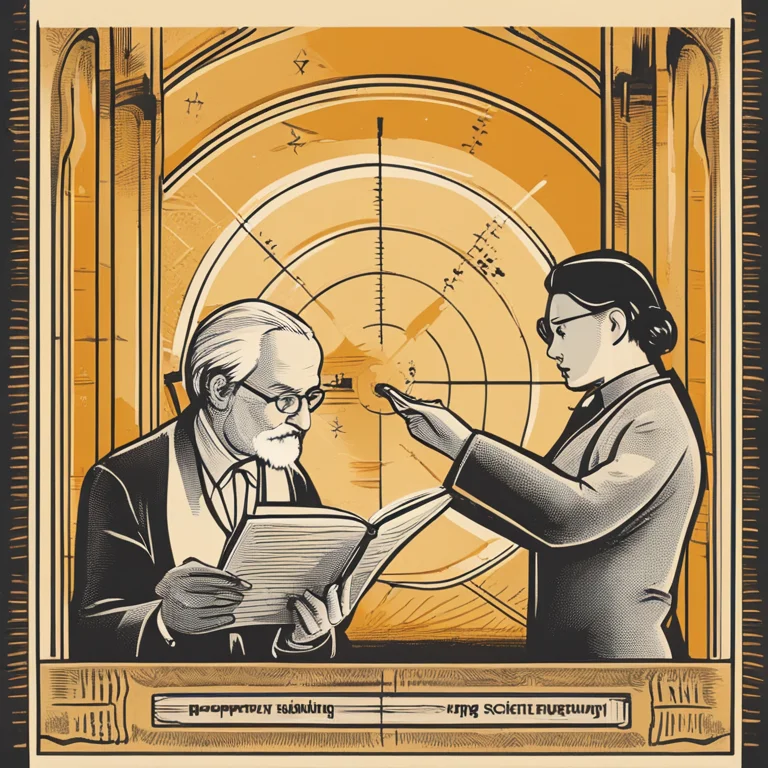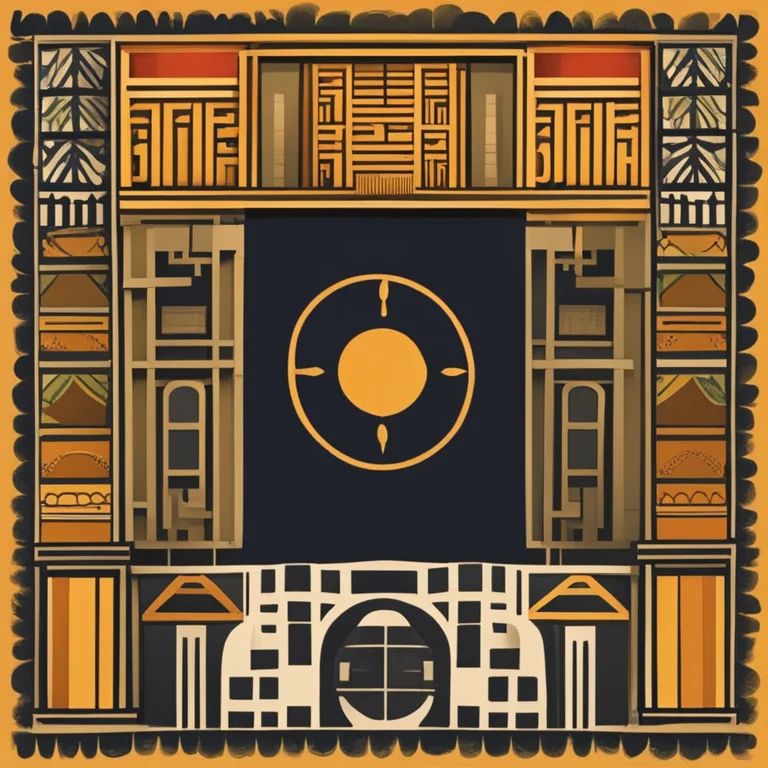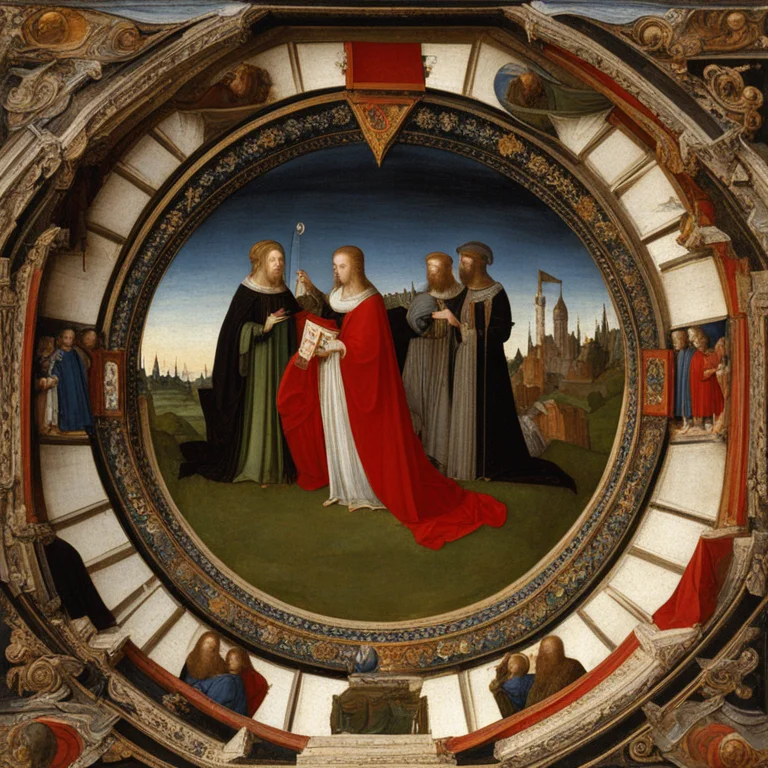
The Origins of Palmistry: An Ancient Practice Explored
An in-depth look into the historical roots of palmistry, tracing its origins, evolution, and significance in various cultures throughout time.
article by Nora Pennington
The Dawn of Palmistry
The art of palmistry, or chiromancy, is rooted in the mystic soils of history, with its practice dating back thousands of years. Although the precise origin is shrouded in mystery, evidence suggests that palmistry began in ancient civilizations such as India, China, and Egypt. Ancient texts, like the Chinese "I Ching," reference early forms of hand analysis, indicating that the reach of palmistry extended across Asia. In these early days, palmistry was not only a tool for divination but also intertwined with early astronomy and astrology, as the position of the stars was believed to influence one's fate as much as the lines on their hands.

Spreading Across the World
Palmistry's journey to the West can be traced through the conquests of Alexander the Great in the 4th century BCE, who, fascinated by the practices he encountered in India, encouraged its spread through his vast empire. Over time, the knowledge of palmistry mingled with Greek astrology, cultivating a new branch of learning that closely observed the connections between one's character and destiny to the lines and shapes of their hands. This practice would wax and wane in popularity, often pushed underground by religious and scientific skeptics who doubted its veracity.

Medieval Resurgence and Renaissance Patronage
The medieval period witnessed a resurrection of interest in palmistry among both the public and the intelligentsia, as books on the topic began to circulate in Europe. During the Renaissance, a time of scholarly revival and the questioning of ancient beliefs, palmistry once again found favor. Notable thinkers, such as Paracelsus, contributed to its study, while others sought to codify its practices, distinguishing between true, natural palmistry and mere superstition or charlatanism.

Scientific Skepticism and the Esoteric Tradition
The Age of Enlightenment brought a surge of scientific thinking that cast a shadow over divinatory practices like palmistry. Critics demanded empirical evidence, leaving palmistry to be kept alive mainly in secret societies and amongst those with a penchant for the esoteric. Yet, despite mainstream skepticism, the 19th and 20th centuries saw a revival of the mystical, and with it, palmistry became part of popular culture once more.

Modern Adaptations and Continuation
Today, palmistry has been adapted to fit the contemporary spiritual landscape, with practitioners incorporating elements of psychology and holistic healing into their readings. Advances in psychology have even brought forth new perspectives, considering the impact of genetic and developmental factors on the lines of the hands. Palmistry has thus become an eclectic mix of art and potential insight into personal traits, albeit still regarded with skepticism by many. As we move further into the 21st century, the use of technology in palm reading, such as apps and online platforms, marks the next chapter in the evolution of this ancient practice.
Cultural Significance in the Global Age
Our contemporary world sees palmistry as part of a broader interest in self-discovery and spirituality. This ancient practice has found its place in global culture, from the bustling streets of India, where palmists provide insight into love and business, to the online communities in the West seeking connections between mind, body, and spirit. As different cultures contribute their unique interpretations and methods, palmistry continues to be a fascinating tapestry woven from the threads of ancient wisdom and modern search for meaning.
Published: 1/11/2024
Modified: 1/12/2024
More predictions
Come back here soon to learn more about yourself and your future


Unlocking Palm Lines for Career Success
Discover the secrets of your palms and what they suggest about your professional journey. Learn to read palm lines for insights into your career path.


Jupiter Mount & Palmistry:Exploring The Significance
Delve into the secrets of the Jupiter mount on your palm and discover how it reflects your leadership and ambition.


The Impact of the Jupiter Mount in Palmistry
Discover the impact of the Jupiter Mount on your life through palm reading. Learn about its meaning and significance in palmistry.